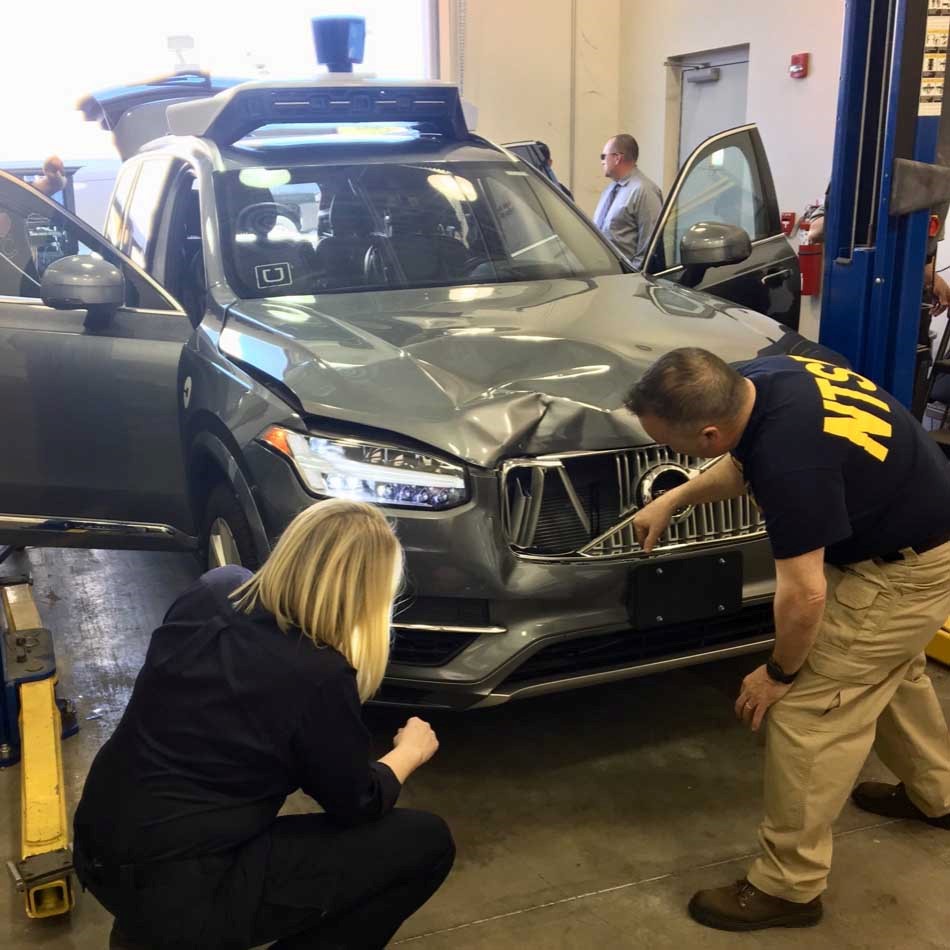The US’s National Transportation Safety Board have called upon federal regulators to create an improved review process before allowing automated test vehicles to operate on public roads.
The move follows the agency’s investigation of a fatal collision between an Uber automated test vehicle and a pedestrian.
NTSB said an Uber Technologies Inc. division’s “inadequate safety culture” contributed to the March 18, 2018, nighttime fatal collision between an Uber automated test vehicle and a pedestrian. The vehicle operator was uninjured in the crash, while the pedestrian died.
The NTSB determined that the immediate cause of the collision was the failure of the Uber ATG operator to closely monitor the road and the operation of the automated driving system because the operator was visually distracted throughout the trip by a personal mobile phone.
Contributing to the crash was Uber ATG’s inadequate safety risk assessment procedures, ineffective oversight of the vehicle operators and a lack of adequate mechanisms for addressing operators’ automation complacency – all consequences of the division’s inadequate safety culture.
“Safety starts at the top,” said NTSB Chairman Robert L. Sumwalt. “The collision was the last link of a long chain of actions and decisions made by an organization that unfortunately did not make safety the top priority.”
Among the investigation’s findings:
-
The Uber ATG automated driving system detected the pedestrian 5.6 seconds before impact. Although the system continued to track the pedestrian until the crash, it never accurately identified the object crossing the road as a pedestrian — or predicted its path.
-
Had the vehicle operator been attentive, the operator would likely have had enough time to detect and react to the crossing pedestrian to avoid the crash or mitigate the impact.
-
While Uber ATG managers had the ability to retroactively monitor the behaviour of vehicle operators, they rarely did so. The company’s ineffective oversight was exacerbated by its decision to remove a second operator from the vehicle during testing of the automated driving system.
-
Uber ATG made several changes to address the deficiencies identified, including the implementation of a safety management system.
The NTSB issued a total of six recommendations to the National Highway Traffic Safety Administration, the state of Arizona, the American Association of Motor Vehicle Administrators and Uber ATG.





















